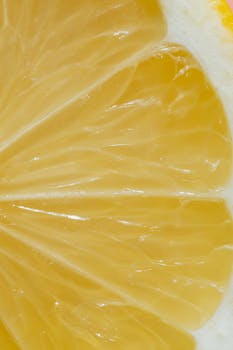Benefits
Digestive Health
Blood Sugar Management
Eye Health
Nutrient Rich
Get creative with yellow cornmeal
Innovating with yellow cornmeal goes beyond its traditional applications, branching into culinary creativity
Imagine a crust for a savory cheesecake where yellow cornmeal adds a rustic, textured edge, blending seamlessly with rich, creamy fillings
Picture using it as a base for a deconstructed cornbread salad, where crumbled, baked yellow cornmeal pieces mingle with fresh greens, bursts of cherry tomatoes, and a tangy vinaigrette, redefining salad expectations
Envision it transformed into delicate, crispy twills that can be molded into artistic shapes, serving as an eye-catching garnish or an elegant base for a canapé, merging aesthetics with taste
Lastly, contemplate its use in creating a dense, moist cornmeal cake, soaked in citrus-infused syrup, offering a refreshing twist on dessert
Each of these uses showcases yellow cornmeal's versatility, inviting culinary enthusiasts to explore its potential beyond the conventional
Something you can make with yellow cornmeal
Origin
Yellow cornmeal is derived from yellow corn, which is a type of maize. Maize is native to the Americas and has been cultivated by indigenous peoples for thousands of years. It is believed to have originated in Mexico and Central America, where it was a staple crop for ancient civilizations such as the Maya and Aztecs. Yellow cornmeal is made by grinding dried yellow corn kernels into a fine powder. It is commonly used in various cuisines, particularly in the southern United States and Latin America, where it is used to make dishes like cornbread, tortillas, and tamales.


